
May, 2016 by Graham Torpey

May, 2016 by Graham Torpey

June, 2016 by Graham Torpey

June, 2016 by Graham Torpey

May, 2016 by Graham Torpey
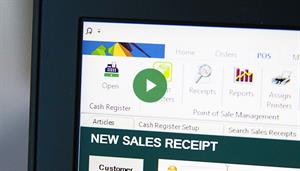
June, 2016 by Graham Torpey
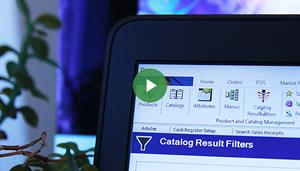
June, 2016 by Graham Torpey

June, 2016 by Graham Torpey
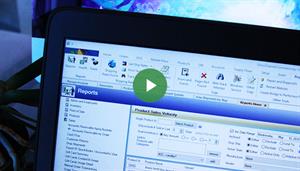
June, 2016 by Graham Torpey
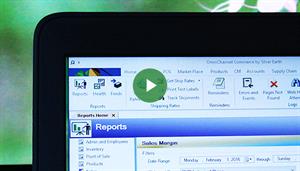
May, 2016 by Graham Torpey

May, 2016 by Graham Torpey

May, 2016 by Graham Torpey
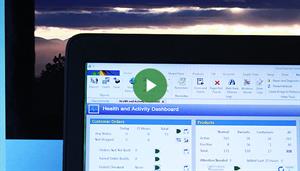
May, 2016 by Graham Torpey
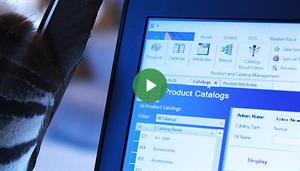
May, 2016 by Graham Torpey

May, 2016 by Graham Torpey

May, 2016 by Graham Torpey
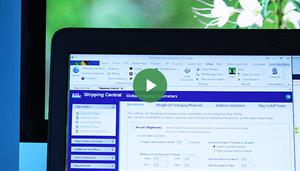
May, 2016 by Graham Torpey
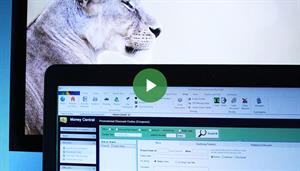
May, 2016 by Graham Torpey

May, 2016 by Graham Torpey
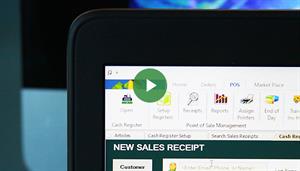
May, 2016 by Graham Torpey

May, 2016 by Graham Torpey

May, 2016 by Graham Torpey

May, 2016 by Graham Torpey

May, 2016 by Graham Torpey

May, 2016 by Graham Torpey
March, 2016 by Michael V Khalsa
This is where you add, edit, or delete your articles and blogs. OmniChannel Commerce has extensive support for articles and blogs with advanced organizational, workflow, and display features that are fully integrated into the platform as a whole. For example, you can link blogs to a particular product as well as displaying them in site-wide search. As a demonstration of its versatility, the documentation you are now reading is managed within it. read more

April, 2016 by Michael V Khalsa
Web Photos are used for content management of images for display on your website. Products, catalogs, etc., have their own set of images; so web photos are used in other ways. For example, on the images on you home page, in banners, listing images for articles, photo galleries, etc. read more
May, 2016 by Michael V Khalsa
A purchase order is a list of products that you want to order from a single vendor. It includes all of the relevant details such as where to send the products to, a ship date, cancel date, terms, and even line item notes for products. When you are ready to receive products, it also encapsulates the receive vouchers and return vouchers (return vouchers can also be created outside of a purchase order). Of course you can print the purchase order or its vouchers read more

March, 2016
OmniChannel Commerce is the future of eCommerce, and it is here today. eCommerce is to simple of a term, failing to describe the real landscape of selling physical products in our digitized marketplace. Even if you are not a huge company, you are competing in an omni-channel environment, otherwise known as a multi-channel market. This can become a very dynamic landscape with lots of moving parts. In simple terms, omni-channel refers to the combination of ‘sales channels’ that include (but are not limited to): eCommerce websites, marketplaces (ebay, amazon, buy.com, google shopping, facbeook etc), physical storefronts (POS), phone/direct, mobile point-of-sale, affiliate selling / sales reps, and so forth. OmniChannel Commerce is the landscape of sales channels, fulfillment channels, and all the bits of data inbetween. read more